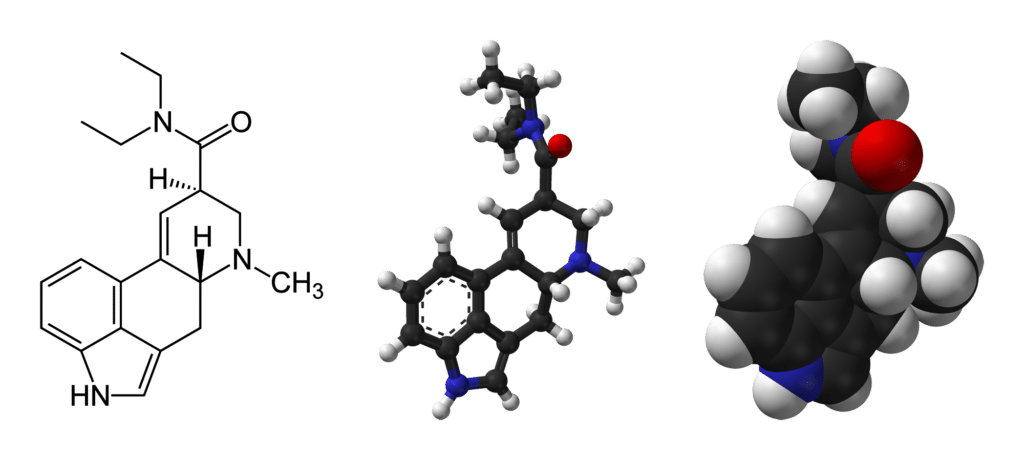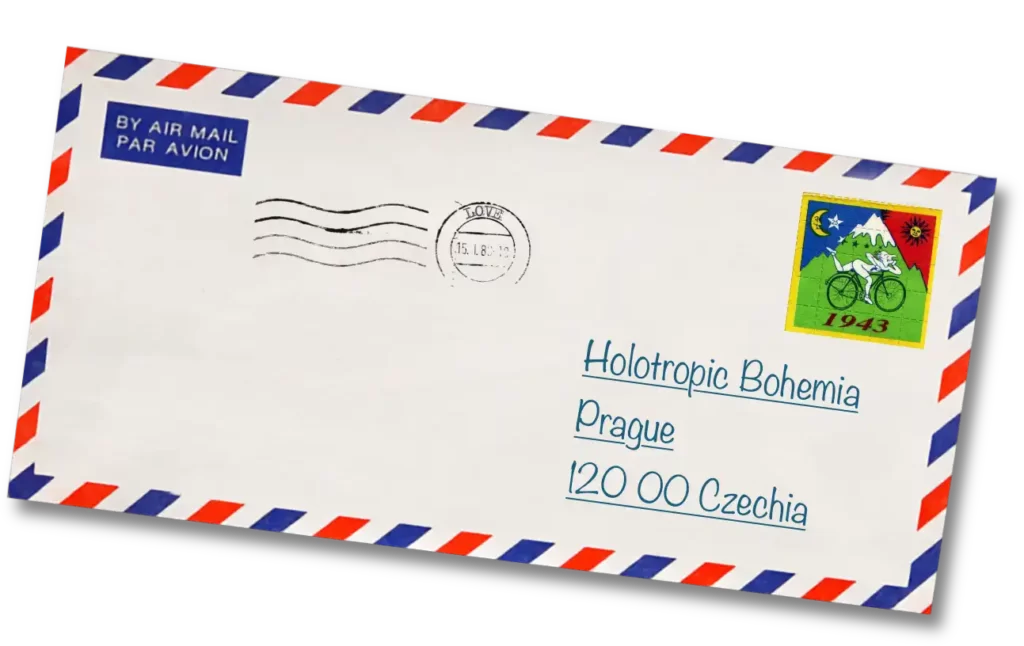People at Holotropic Bohemia
Having started in 2019, we set out to create a new space for Holotropic Breathwork enthusiasts, where they would be able to develop their practice in a stable, safe, and supportive context. The global holotropic community is growing and getting stronger by the day, so let’s not wait any longer. Let’s join the adventure together!

Roman Petrov is the founder of Holotropic Bohemia. He’s been living in Prague for more than 25 years, and that’s also where he received his education in classical music at the Prague Conservatory and the Academy of Performing Arts. He is one of the 12 cellists of the Prague Radio Symphony Orchestra. Roman has been utilizing Holotropic Breathwork as a means of therapy and spiritual practice systematically since 2005. Besides that, he developed a broad, self-directed yogic practice, based on the Advanced Yoga Practices system, and maintains a steady routine that goes well beyond the usual asana practice. Roman received sustained training in Theravāda Buddhist teachings and is an experienced meditator. He trained under the kind guidance of Sayadaw U Vivekananda, Bhante U Vansarakkhita, and Sayalay Bhadda Manika, among others. Roman became a GTT certified facilitator of Holotropic Breathwork in 2018.

Roman Petrov is the founder of Holotropic Bohemia. He’s been living in Prague for more than 25 years, and that’s also where he received his education in classical music at the Prague Conservatory and the Academy of Performing Arts. He is one of the 12 cellists of the Prague Radio Symphony Orchestra. Roman has been utilizing Holotropic Breathwork as a means of therapy and spiritual practice systematically since 2005. Besides that, he developed a broad, self-directed yogic practice, based on the Advanced Yoga Practices system, and maintains a steady routine that goes well beyond the usual asana practice. Roman received sustained training in Theravāda Buddhist teachings and is an experienced meditator. He trained under the kind guidance of Sayadaw U Vivekananda, Bhante U Vansarakkhita, and Sayalay Bhadda Manika, among others. Roman became a GTT certified facilitator of Holotropic Breathwork in 2018.

Rachel Bongartz, born and raised in Belgium, experienced Holotropic Breathwork for the first time in 2005 and from then on it has become an important part of her life. Rachel studied Clinical Psychology and later obtained a second Master in Transpersonal Psychology and Consciousness Studies. In August 2016, she completed the Grof Transpersonal Training program and became a GTT certified practitioner of Holotropic Breathwork. Self-awareness and spiritual growth is very important to Rachel. She is a passionate 5 Rhythms dancer and it has been her lived experience that expanded, holotropic states of consciousness carry the potential for healing and self-fulfillment. Rachel lives in Belgium and Berlin, where she runs Holotropic Breathwork Workshops and a private psychological practice.
Rachel Bongartz, born and raised in Belgium, experienced Holotropic Breathwork for the first time in 2005 and from then on it has become an important part of her life. Rachel studied Clinical Psychology and later obtained a second Master in Transpersonal Psychology and Consciousness Studies. In August 2016, she completed the Grof Transpersonal Training program and became a GTT certified practitioner of Holotropic Breathwork. Self-awareness and spiritual growth is very important to her. She is a passionate 5 Rhythms dancer and it has been her lived experience that expanded, holotropic states of consciousness carry the potential for healing and self-fulfillment. Rachel lives in Belgium and Berlin, where she runs Holotropic Breathwork Workshops and a private psychological practice.


Karin Bergmann, born in 1972, is a certified Holotropic Breathwork facilitator, having completed her training with Grof Transpersonal Training in 2015. She organizes Holotropic Breathwork workshops across Northern Germany and Europe in collaboration with colleagues. Initially trained as an architect, she worked internationally on high-profile projects but experienced a deep personal struggle despite her professional success. Discovering Holotropic Breathwork in 2012 marked a transformative turning point, helping her reconnect with her inner joy and vitality. Now dedicated to guiding others, Karin integrates her diverse training in meditation, shamanic practices, Feng Shui, and psychology into her workshops. She aims to help participants rediscover their inner truth and live authentically. Karin believes Holotropic Breathwork is a powerful tool for reconnecting with one’s innate wisdom and overcoming societal and personal limitations.

Karin Bergmann, born in 1972, is a certified Holotropic Breathwork facilitator, having completed her training with Grof Transpersonal Training in 2015. She organizes Holotropic Breathwork workshops across Northern Germany and Europe in collaboration with colleagues. Initially trained as an architect, she worked internationally on high-profile projects but experienced a deep personal struggle despite her professional success. Discovering Holotropic Breathwork in 2012 marked a transformative turning point, helping her reconnect with her inner joy and vitality. Now dedicated to guiding others, Karin integrates her diverse training in meditation, shamanic practices, Feng Shui, and psychology into her workshops. She aims to help participants rediscover their inner truth and live authentically. Karin believes Holotropic Breathwork is a powerful tool for reconnecting with one’s innate wisdom and overcoming societal and personal limitations.

Andrea Košiarová, a former hip-hop dancer and yoga practitioner with a university degree in psychology, Andrea’s exploration of breathwork and the purpose of human life from both Eastern and Western perspectives led her to the practice of Holotropic Breathwork. In addition to her completed studies in psychology and Holotropic Breathwork facilitation, she is engaged in studying and working with various somatic approaches, such as Body-Mind Centering, Continuum Movement, and craniosacral techniques. She is the co-founder of a holistic, home-like center in Slovakia called SEN ZEME (The Dream of the Earth). The center’s aim is to foster self-empowerment for individuals and the community. Its workshops offer integrative practices for inner work through art and somatic approaches, in collaboration with various artists and somatic therapists.
Andrea Košiarová, a former hip-hop dancer and yoga practitioner with a university degree in psychology, Andrea’s exploration of breathwork and the purpose of human life from both Eastern and Western perspectives led her to the practice of Holotropic Breathwork. In addition to her completed studies in psychology and Holotropic Breathwork facilitation, she is engaged in studying and working with various somatic approaches, such as Body-Mind Centering, Continuum Movement, and craniosacral techniques. She is the co-founder of a holistic, home-like center in Slovakia called SEN ZEME (The Dream of the Earth). The center’s aim is to foster self-empowerment for individuals and the community. Its workshops offer integrative practices for inner work through art and somatic approaches, in collaboration with various artists and somatic therapists.





